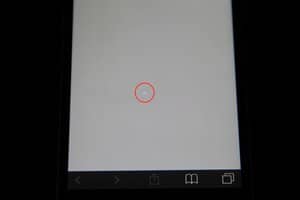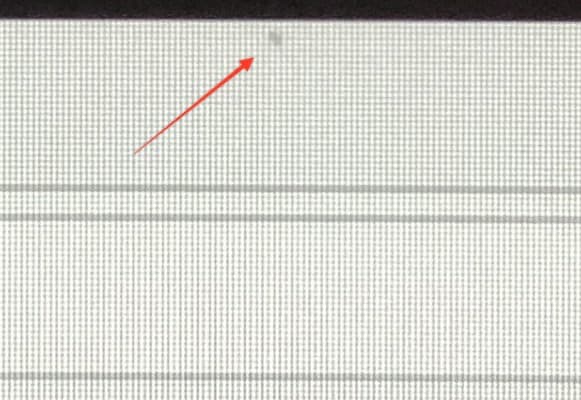Here at E3 Displays, we know that quality and reliability are your number one priority, which is why we make it our top priority as well. Failing pixels can pose a challenge towards your priorities and standards which is why we can provide you a zero pixel inspection. If requested, we can provide the highest screen process to visually verify and ensure your quality standards are met.
When working with LCD panels that undergo zero pixel screening, we make sure they are verified to your specification. E3 can provide zero pixel inspection to help ensure that your displays maintain ultra high definition and reliability for when you need it most.
Our Experienced Team is Ready to Help
Our E3 team has expertise in every type of display technology, whether big or small. We will help you choose or design the display that best fits your needs, while always keeping quality and budget in mind. Here at E3 Displays, we specialize in custom displays use our product selection guide today to get started on your project today!
What is Zero Pixel Inspection
A defective pixel is a pixel that is not functioning properly on your liquid crystal display. Having a screen with pixel defects can damage the reputation of your business. For customers who have a zero pixel defect requirement, our highly trained staff uses advanced methods to inspect your displays and ensure your quality standards will be met.
Below are the four types of pixel defects that can occur on your screen display:
Black Dots / Dead Pixels
- These are usually caused during the manufacturing process. The pixel always appears black in appearance because the transistors within the electrode layers are always off, causing zero light to pass through. They are unfixable.

Bright Dots
- Always give off a white appearance. They have the opposite problem of a dead pixel; the transistors in the electrode layers are stuck on.
Subpixel Dots
- These occur when one of the three subpixel colors (red, blue, or green) remain either off or on. They can be spotted most easily when the display is dark or off.

Dim Dots
- These occur when one of the pixels is blocked by contamination.
Resolution and Pixel Pitch
Resolution refers to the number of pixels that are present in a display, usually represented in dimensions width by length. Screens that are bigger need a larger resolution in order to get a higher definition image.
Also known as “pitch” or “dot pitch”, the pixel pitch is the measure of the density of pixels on an LCD display. Measured from the center of one pixel to the center of the neighboring pixel, smaller measurements mean higher density of pixels and a higher resolution display. However, a higher resolution is not always what you need. For example, if you are looking for a bigger display that will be viewed from a further distance, a higher pixel pitch will appear just as clear as a small pixel pitch for a cheaper cost. It all depends on what you need, and why we at E3 are here to guide you.
Benefits
Quality Standard
Prescreening for pixel defects will allow you to uphold an increased quality standard. Your display will be able to continuously produce the same high resolution image.
Reliability
Pixels that fail, especially in clusters, can impact the display image and prevent the user from utilizing the display for its intended purpose. A zero fail pixel standard will ensure that all of your displays continue to be reliable.
Design Flexibility
One or even two failed pixels does not mean you have to re-design a whole new display. Most of the time, individual pixels can be repaired and we are happy to help.
Zero Failure Certification:
LCD’s prescreened for pixel defects come with zero failure certification so you can rest assured that the display will uphold the most rigorous standards and demands throughout the display life expectancy.
